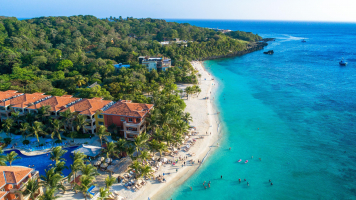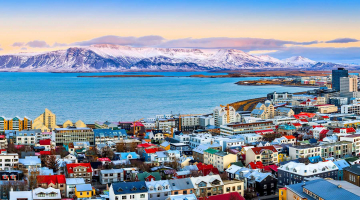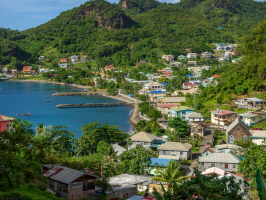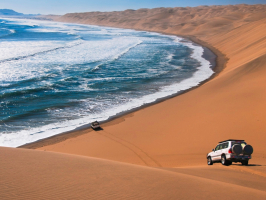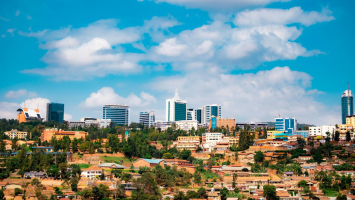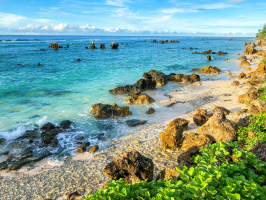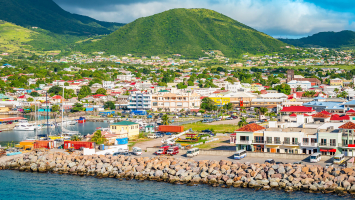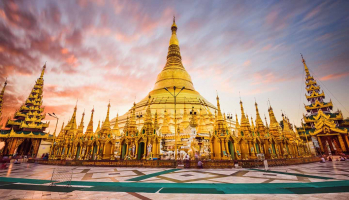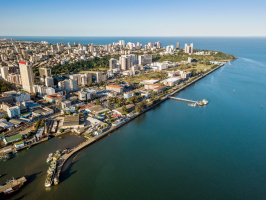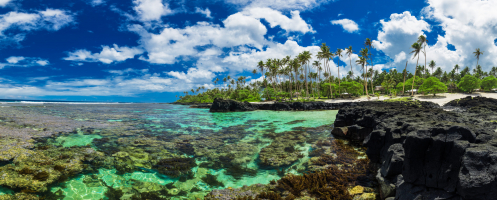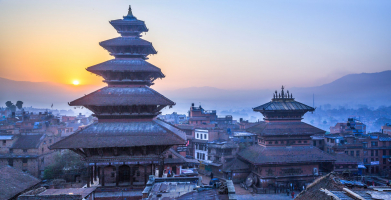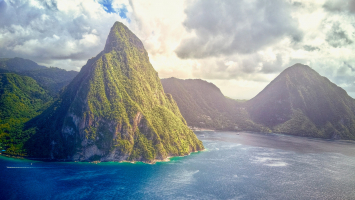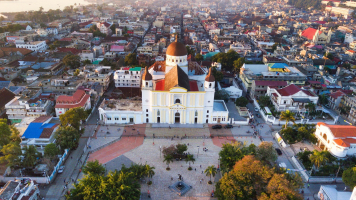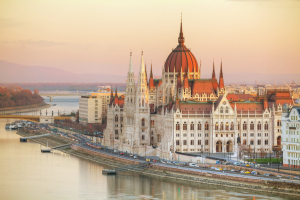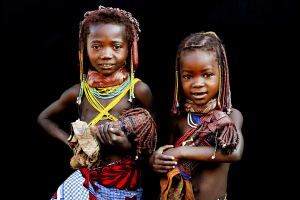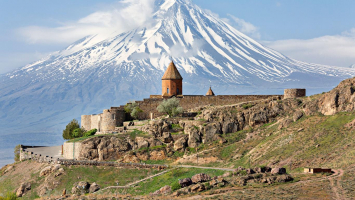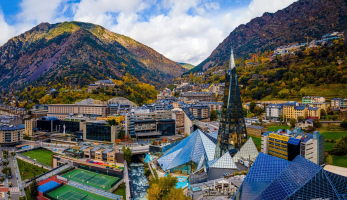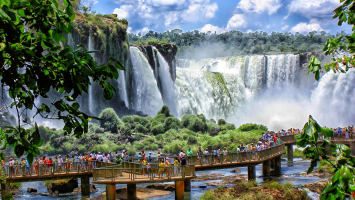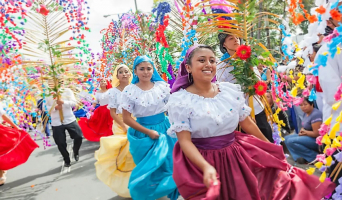Top 7 Unique Cultural Characteristics In Algeria
Algerian culture has been heavily influenced by the country's recent history, as well as other aspects such as literature, music, arts and crafts, and ... read more...religion. Most countries' cultures are shaped by their history, and Algeria is no exception. The country also has several ethnic groups that contribute to its unique and fascinating culture. Here are some of the unique cultural characteristics of Algeria that you can learn more about.
-
This can be seen as one of unique cultural characteristics of Algeria. Algeria's religion is dominated by Muslims, with over 98 percent of the population adhering to Sunni Islam of the Maliki school of thought as of 2020. Other Islamic schools and branches, as well as Christian groups, make up the remaining. Roman Catholics, Seventh-day Adventists, the Protestant Church of Algeria, Lutherans, Anglicans, Egyptian Copts, Bahás, and Jews are among the religions represented. The estimated Christian population ranges from 71,000 (in 2010) to 200,000. (2018 report).
In Algeria, Islam plays a significant political role, and three perspectives can be recognized. The first is the Islamist viewpoint, in which Islam is seen as all-encompassing and must be present in all aspects of life, both private and public. The second viewpoint is secular, in which Islam is viewed as a guideline that allows for certain deviations. The third perspective is that of the elderly and rural populations.
With Islam being the most widely practiced religion in Algeria, travelers must be cognizant of local norms. When entering a mosque, it is customary to remove your shoes, and women should always dress modestly. You will avoid offending anyone if you learn a few basic norms of etiquette and Islamic principles.In addition to Islam, Christianity and Jewish minority exists in Algeria. Arrived in North Africa during the Roman Christian era. Its power waned during the chaotic period of Vandal invasions, but it was restored during the Byzantine period, only to fall to seventh place during the Arab invasions of the century. Algeria's Jewish community has a long history, with some people claiming ancestry from Roman-era immigrants from Palestine. The bulk are descended from exiles fleeing Spanish persecution in the early fifteenth century.
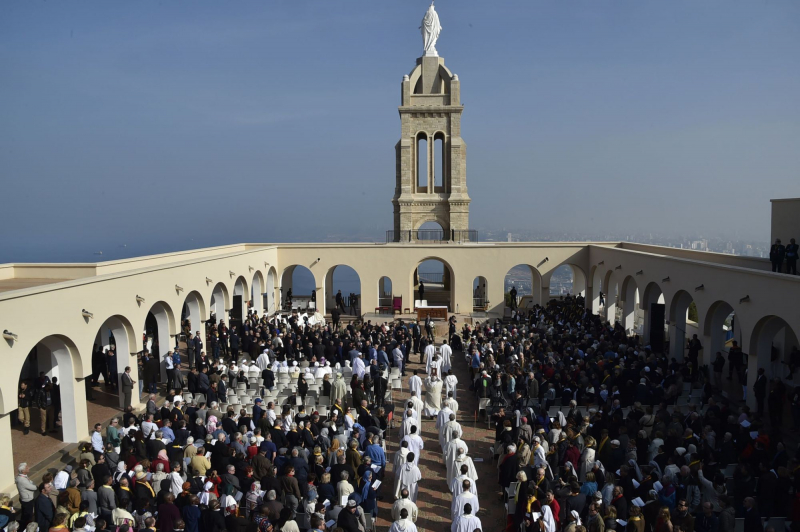
https://www.japantimes.co.jp/ 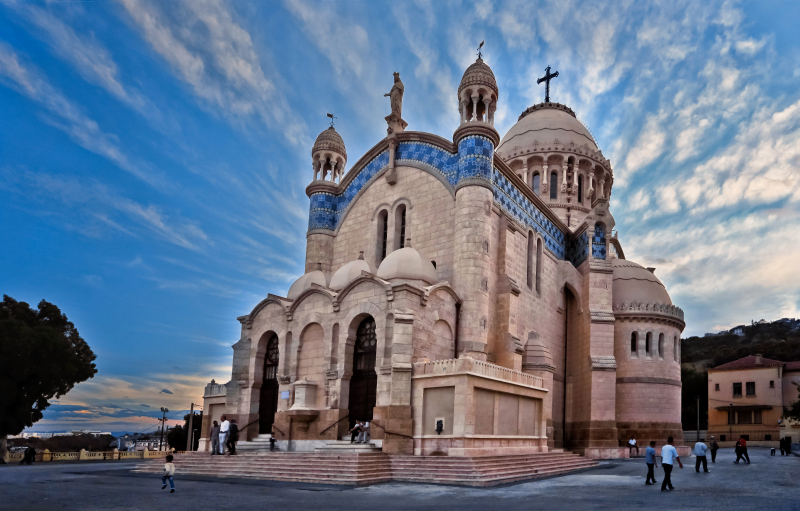
https://commons.wikimedia.org/ -
Algerian cuisine has been affected by the country's encounters and exchanges with different cultures and nations over the years. It is distinguished by a wealth obtained from both land and maritime resources. Conquests and demographic mobility towards Algerian territory were two major drivers in the exchange of peoples and civilizations. This cuisine has Mediterranean and North African influences, as well as Berber heritage.
Algerian cuisine varies according to place and season, although vegetables and cereals remain at the heart of the cuisine. The majority of Algerian recipes are based on bread, meats (lamb, cattle, or chicken), olive oil, veggies, and fresh herbs. Salads, soups, tajines, couscous, and sauce-based foods frequently feature vegetables. The most well-known Algerian traditional cuisine is couscous, which has been designated as a national dish.
Dried red chilies of various types, caraway, cumin, cinnamon, turmeric, ginger, paprika, coriander, saffron, mace, cloves, fennel, anise, nutmeg, cayenne pepper, fenugreek, and black pepper are among the spices used in Algerian cuisine. The famous Algerian spice mixture ras el hanout is made up of up to twenty-seven spices. Couscous is a popular and popular dish in Algerian cuisine, along with rechta, shakshouka, karantita, chakhchoukha, zviti, tajines such as tajine zitoune, and marqa bel a'assel, a Tlemcen specialty. Merguez, an ancient Berber sausage, is a popular Algerian foodstuff.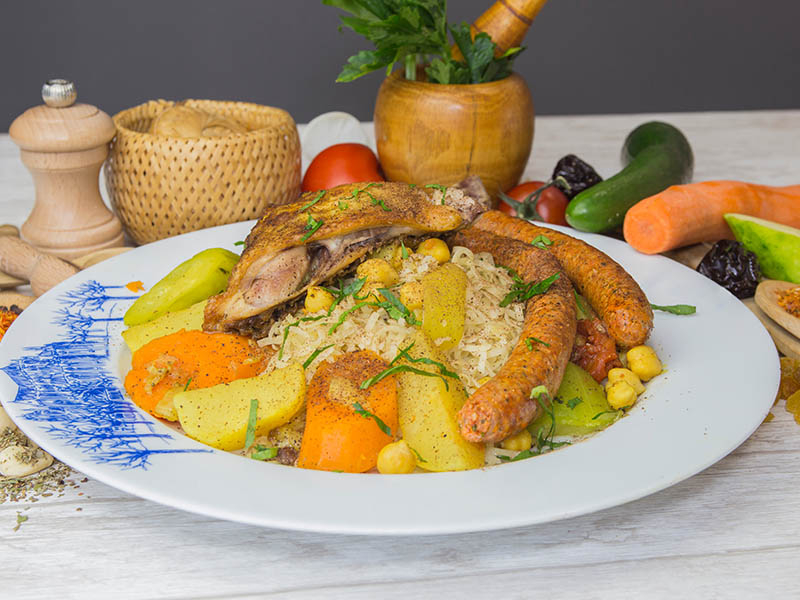
https://www.lacademie.com/ 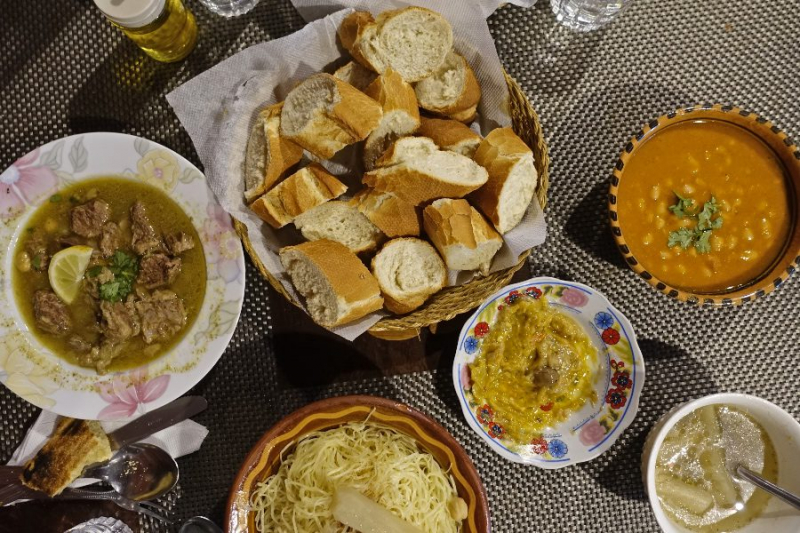
https://www.veryhungrynomads.com/ -
Algerian traditional attire is one of the most important in the North African region since it has been preserved for centuries. Although Algerians wear western-style clothing in the country's major cities, the rural class maintains a practice of wearing traditional Algerian costume in the country's outlying districts.
Algerian men's traditional clothing consists of a Gandoura or cloak made of white or brown wool. They also wear a shirt under another longer shirt. Algerian men wear burnous, which is a sleeveless coat, in their apparel. In the summer, burnous is formed of lawn, while in the winter, it is manufactured with wool. This could include enticing embroidery and a variety of design motifs.
Algerian women typically wear a clothing known as a Haik, which is a veil-like fabric that covers the woman from head to toe. They wear loose-fitting trousers with this. The Islamic influence is also visible in the fact that most women wear headdresses to cover their heads. The traditional wedding dress of Algerian women is a very elegant clothing, and the women of Algeria wear their traditional wedding costumes on wedding ceremonies. These bridal gowns are designed in a variety of beautiful and attractive patterns. It is considered as one of unique cultural characteristics of Algeria.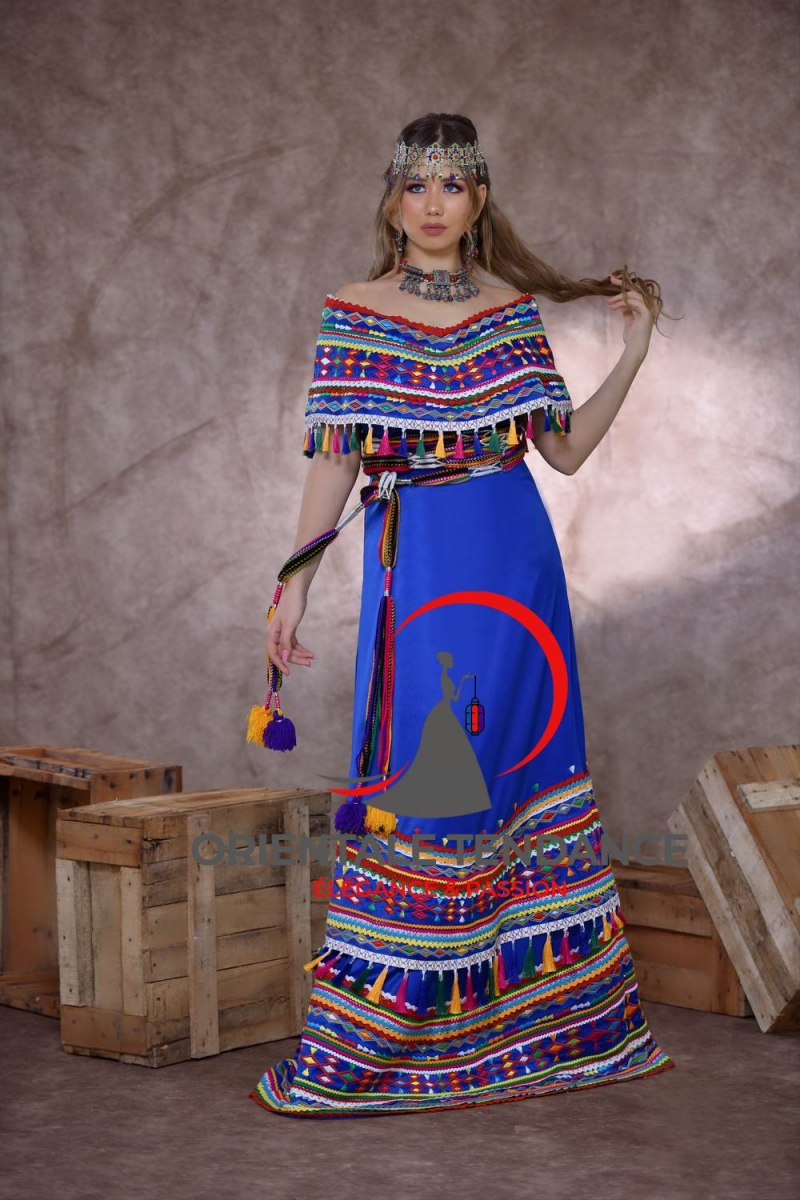
https://www.orientaletendance.com/ 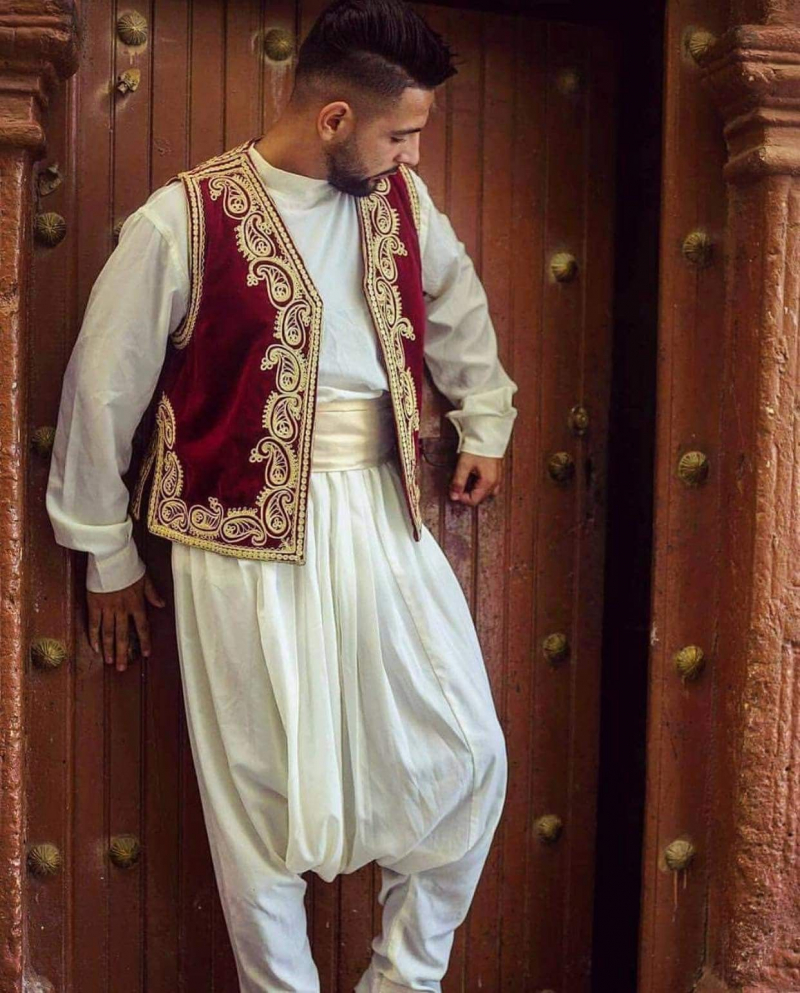
https://www.pinterest.com/ -
Algerian literature, which is written in both Arabic and French, has been heavily affected by the country's recent past. Modern Algerian poets include Moufdi Zakaria, Mohammed Al Aid from the middle of the twentieth century, and Achour Fenni, Amar Meriech, and Azrag Omar from the late 1980s. Famous 20th-century novelists include Mohammed Dib, Albert Camus, Kateb Yacine, and Ahlam Mosteghanemi, while Assia Djebar is extensively translated. Rachid Mimouni, subsequently vice-president of Amnesty International, and Tahar Djaout, assassinated by an Islamist gang in 1993 for his secularist views, were both major novelists of the 1980s.
Jacques Derrida, the father of deconstruction, was born in El Biar in Algiers, Malek Bennabi and Frantz Fanon are known for their thoughts on decolonization, Augustine of Hippo was born in Tagaste (modern-day Souk Ahras), and Ibn Khaldun, though born in Tunis, wrote the Muqaddima while staying in Algeria.
The dominant religion, Islam, has had a strong influence on Algerian culture. Pre-colonial works by the Sanusi dynasty and colonial works by Emir Abdelkader and Sheikh Ben Badis are well known. Apuleius, the Latin author, was born in Madaurus (Mdaourouch), which later became Algeria.
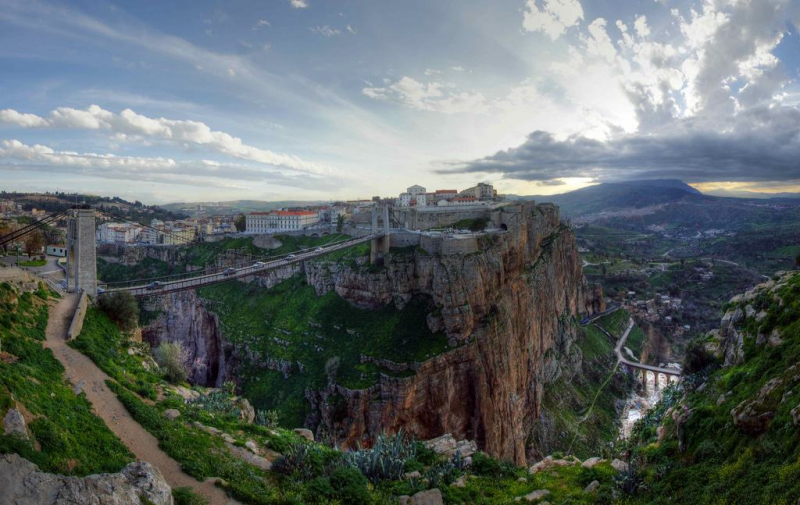
https://www.thecrazytourist.com/ 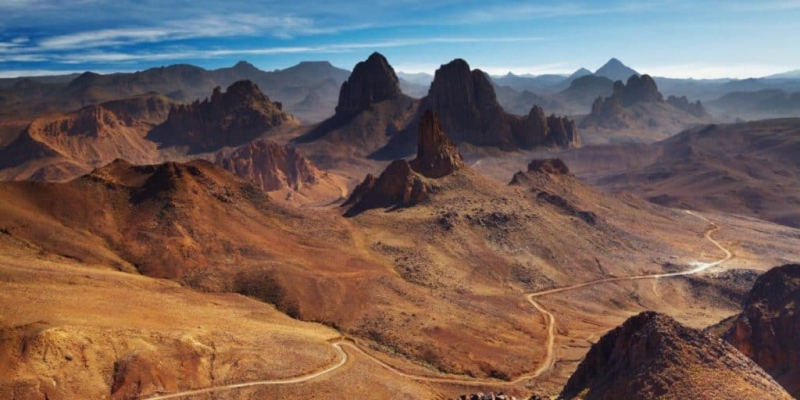
https://www.thecrazytourist.com/ -
Raï, a pop-flavored, opinionated take on folk music with international performers such as Khaled and Cheb Mami, is the most well-known Algerian musical genre overseas. In Algeria, raï is still the most popular, while the elder generation prefers shaabi, as sung by Dahmane El Harrachi. While the tuneful melodies of Kabyle music, as demonstrated by Idir, Ait Menguellet, and Lounès Matoub, have a large following. This is one of unique cultural characteristics of Algeria.
Andalusi music, brought from Al-Andalus by Morisco refugees, is preserved in many older coastal communities for more classical tastes. For a more modern look, the English-born and Algerian-descent Potent C is progressively gaining popularity among younger generations. It is a collective and worldwide genre that combines folk, raï, and British hip hop.
Although "raï" is accepted and lauded as a bright cultural emblem for Algeria, there was a moment after independence when raï's encountered major cultural and political conflicts with Islamic and government policies and practices. As a result, the distribution and expression of raï music became extremely difficult. However, "The government abruptly altered course in mid-1985. This was partly owing to the campaigning of Colonel Snoussi, a former liberation army officer turned pop music mogul who intended to benefit from raï if it could be mainstreamed ".
Furthermore, considering the relationship between the two countries, the Algerian government was happy with the music's growing popularity in France. Although the music is more broadly tolerated on a political level, it still has serious conflicts with Algeria's Muslim population.
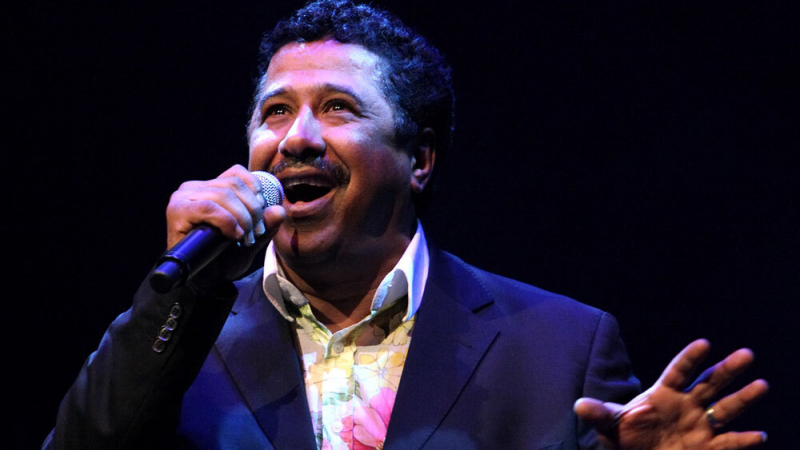
https://www.npr.org/ 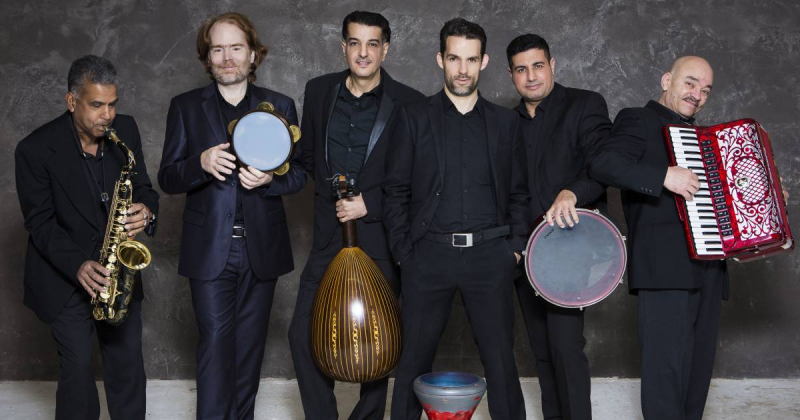
https://www.lastminutemusicians.com/ -
Artists in the early half of the twentieth century mostly recovered forms and patterns introduced - or enforced - by an imperialist French power. The question of how to reappropriate one's own history is a recurring theme in Algerian contemporary art, reflecting on the profound societal transformations that the country has through. Artists seek to create a successful introspective work in which identity duality creates a dynamic that overcomes "orientalism" and exotism. The main stake is for the artist and the viewer to reclaim the freedom of expression and interpretation. Boukerche, Benaboura, Ali Ali Khodja, Yelles, and Baya were among the most prominent artists of the time.
From those who lived it to those who utilize it as a legacy, the vast majority of artists embrace the theme of the independence fight. Artists are concerned with the society they live in and protest the segregation, racism, and injustice that split groups in colonial Algeria. They are influenced by all of the artistic and ideological movements that defined the first half of the twentieth century.
Algerian artists reunited with a part of their historical and cultural heritage, particularly the Berber culture and language. Following the Berber Spring in 1988, there was a lot of focus on Berber culture and identity revendications, which had an impact on cultural production. Despite a rise of political violence after the war of independence, where the hegemony of Arabic culture and language tended to encroach on Berber culture, the plastic traditions of popular signals were able to survive. Aouchem builds on this long heritage.
Since the 1980s, there has been a revival, as well as a kind of "naivety," in an attempt to move beyond the tragedy of the war and address fresh modern challenges. A new generation of Moroccan artists has emerged. A big percentage is educated in Europe. Local and Diaspora artists experiment with new techniques and face the challenges of a globalized art industry. They are fusing multiple aspects of their identity, which are defined by their status as first or second generation immigrants. They approach themes that are relevant to the Arab world from the eyes of a "outsider."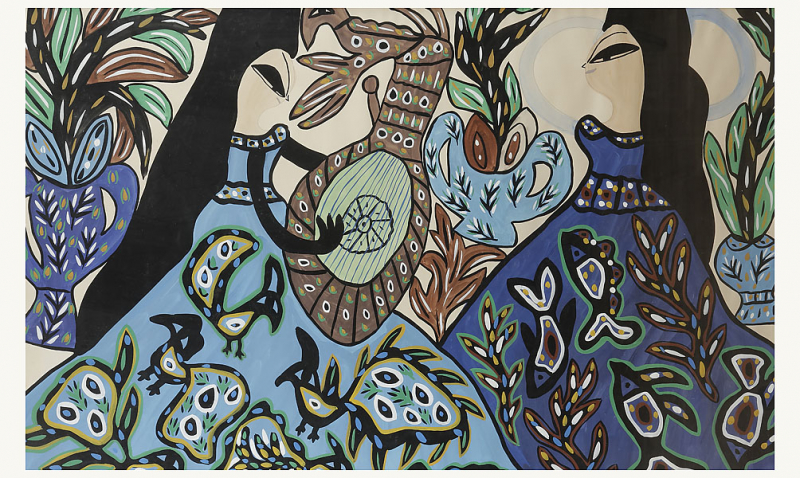
https://www.artranked.com/ 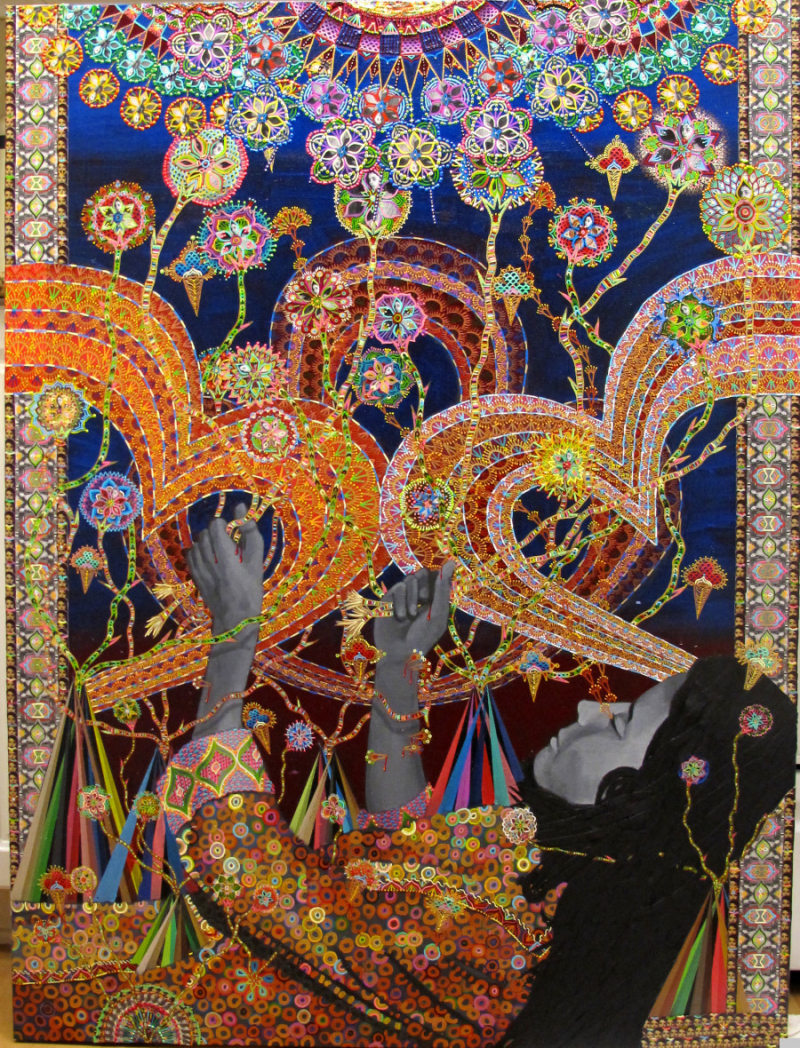
https://themarkaz.org/ -
Sport has a long history in Algeria. People in the Aurès Mountains played games like El Kherdba and El Khergueba (a chess variant). Algerian culture includes card games, checkers, and chess. Algerian leisure traditions include horse racing and rifle shooting.
Algeria is one of Africa's most important countries, having won numerous championships and Olympic medals. Football or soccer is its most popular and, in fact, national sport. Handball, martial arts, boxing, basketball, volleyball, and athletics are among popular sports in Algeria. Boughera El Ouafi was the first Algerian, Arab, and African gold medalist in the marathon at the 1928 Amsterdam Olympics. Alain Mimoun, the second Algerian medallist, won the marathon at the 1956 Summer Olympics in Melbourne. This can be considered as one of unique cultural characteristics of Algeria.
Algerians like sports, although women are still barred from participating in certain activities. Algeria's football landscape is made up of numerous football clubs that host and organize national and international matches. The Algerian Football Federation organized conferences and meetings for the Algerian Cup, a football competition featuring 16 professional league clubs. Rachid Mekhloufi, Lakhdar Belloumi, Rabah Madjer, Hassen Lalmas, Djamel Zidane, and Salah Assad are all notable Algerian football players.
https://www.nytimes.com/ 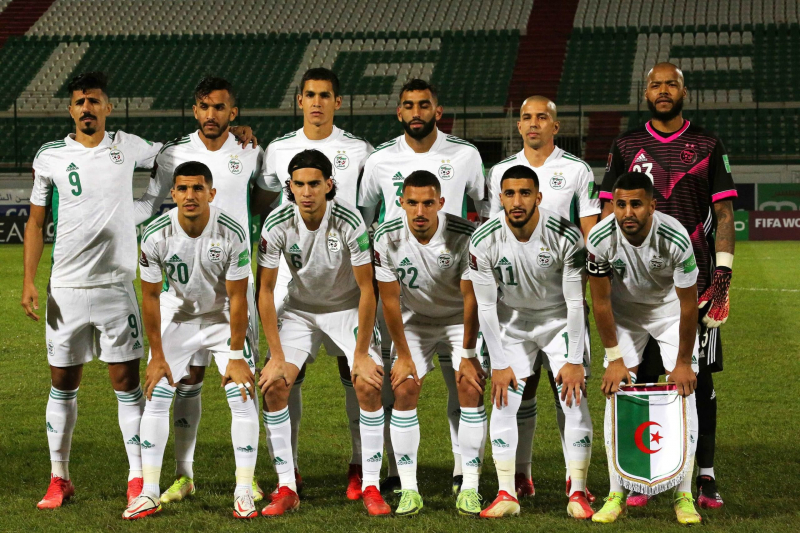
https://northafricapost.com/









